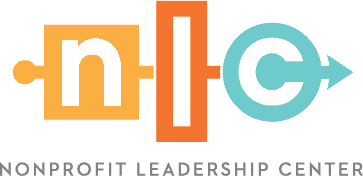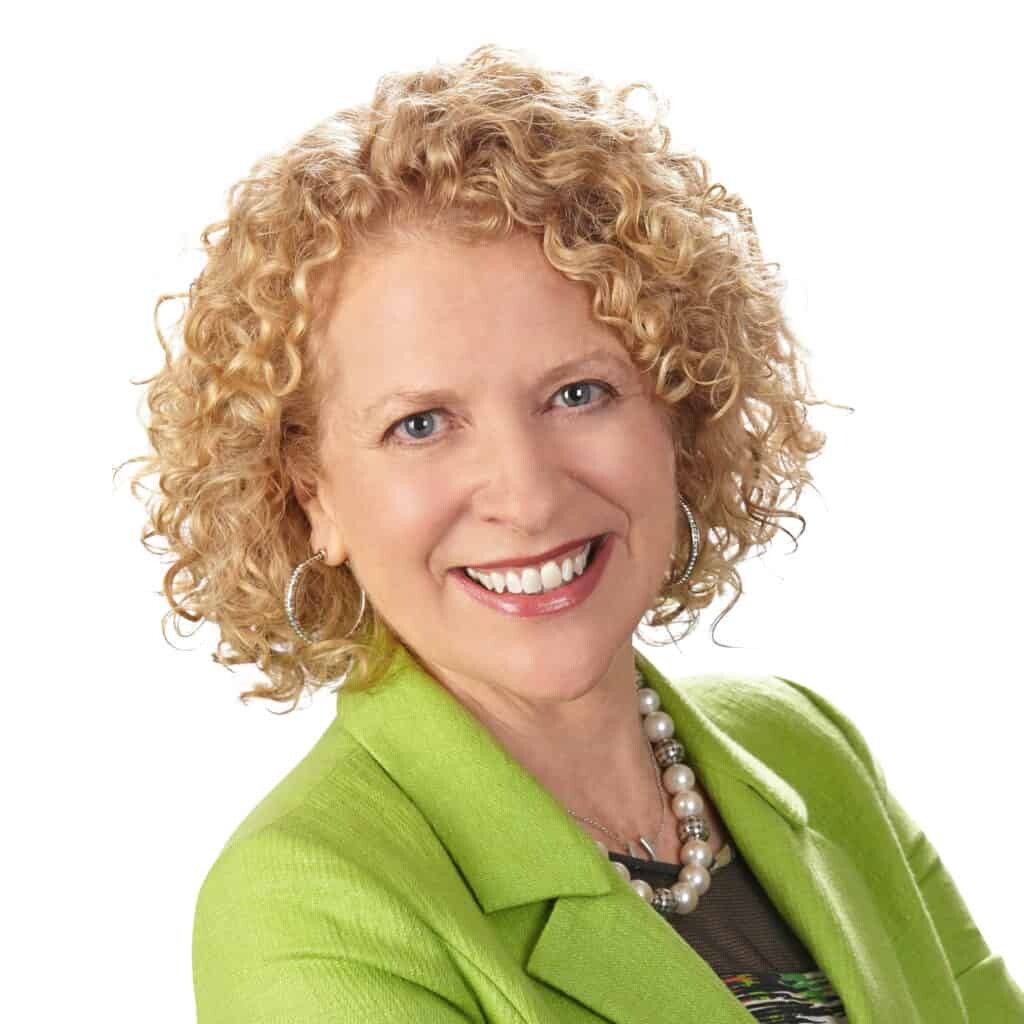The Nonprofit Leadership Center recently asked our community of nonprofit leaders to share the most significant challenges they face related to board governance. How to recruit nonprofit board members is a resounding pain point we hear. As someone who has the great pleasure and privilege of working with nonprofit board members and CEOs to navigate the often turbulent waters of board governance, I can assure you that you’re not alone. Let’s tackle two of the most common questions we receive regarding how to recruit nonprofit board talent.
Overcoming Top Challenges to Recruit Nonprofit Board Members
Challenge #1: “People are interested in learning more but aren’t willing to commit long-term as a board member.”
Service to a nonprofit through board membership is the ultimate commitment to an organization and should not be taken lightly. In fact, it’s a good sign if someone is anticipating and taking seriously the responsibilities that come with the title. Simultaneously, this mindset can be a significant barrier to onboarding much-needed talent.
Here are a few tips to overcome this obstacle to recruiting nonprofit board members:
- Don’t propose on your first date! Offer a few options for people to get to know your nonprofit and engage more deeply with your mission before asking them to commit to serving as a board member.
- Ask them to serve on a board committee.
- Invite them to attend a non-fundraising event, such as a tour, class, etc.
- Invite them to attend a board meeting as a guest.
- Have members of your nominating committee invite them to a virtual coffee or lunch.
It’s a win-win to spend time bringing someone interested in your nonprofit closer to your organization. Even if they ultimately don’t choose to join your board, you will have expanded your fan base and maybe even created a new major donor.
In addition to carefully paced engagement, review your by-laws for board term length and term limits. Many nonprofits adopt the 1-2-3-year term sequence, which can be a gentler entry point for many and allows both the board member and the organization to get to know each other even better. In this scenario, a new board member is first eligible for a one-year term, then two, then three. After a total of six years, they must leave the board for a least one year. Be sure to check in with that new board member during the first year to see how things are going and if they have any questions you can resolve.
Challenge #2: “Almost all our current board members have been on the board for a long time, and we haven’t done much to look for and recruit new board members. It feels like a lot of catch-up needs to happen.”
The best place to begin in this scenario is with term limits to embed the continual process of searching for and engaging potential new board talent into your organization’s culture.
Be sure you are adhering to your term limits. Nonprofits are often reluctant to “let good board members go.” While that is understandable, just because a superstar board member has rotated off your board for one year doesn’t mean you can’t engage them differently in your organization’s important work. Many nonprofits use an “emeritus status” to recognize long-term trustees who served with distinction.
Additionally, by adhering to term limits, you are creating space for new talent to join your board and cultivating a culture of inclusion — where everyone’s voice is heard, and everyone’s opinion is valued.
Let’s say you’re ready to recruit new board members. The next steps involve being clear on who/what you need. When it comes to seeking new talent, here are some tips for recruiting nonprofit board members.
- Identify the key qualities you’re looking for in each board member. Ask your governance/nominating committee chair to lead a conversation with the committee, then with the board, about key qualities you want in your board members. For example, our NLC board determined new board members must 1) have a passion for what we do and a strong commitment to moving NLC forward, 2) possess connections and resources and 3) demonstrate strategic leadership, thought leadership and/or be a visible community leader.
- Use a tool. Ask each board member to complete a confidential Attribute Matrix to create an inventory of your current board’s assets and areas you may have gaps. Roll this up into a master list to assess the board as a whole. This is also a great tool to intentionally build diversity on your board. Opportunities may exist in age, race, skill set, gender, location, etc.
- Once you have an idea of who/what you need, launch a mini-campaign. Use your resources to look both within your organization (current donors or committed volunteers) and outside your organization to identify strong prospects. Be intentional with your outreach. We often look only into our existing networks and recruit people who look and think like us. Read news outlets, connect via social media, talk with local business networks and contacts. Expand your network, and don’t settle!
- Court and cultivate. Now that you have identified a potential board member and are in your “dating phase,” consider different pathways to join your board. Some individuals may know your organization well and already participate/give. Some may need a bit more time and more engagement before being willing to say yes. It may take time, but it will pay off in the end.
Become a Board Rock Star
For nonprofit executives looking to enhance your organization’s board and strengthen your board governance, the Nonprofit Leadership Center offers many opportunities to support you and your volunteer leaders.
Get Your Certificate in Board Governance
In our two-part interactive Board Governance Rock Star Certificate series, you’ll learn everything you need to strengthen your board governance. Specifically, you’ll understand how to:
- Identify, recruit, orient and even release board members
- Define board roles and responsibilities
- Motivate board members and keep them accountable
- Avoid conflicts of interest
- Define an effective board-staff partnership
- Determine the board’s role in financial oversight and fundraising
- Plan and run a successful board meeting
- Develop your nonprofit’s financial statements
- Budget and manage cash flow
- Complete audits and IRS filings
Explore Custom Training for Your Board
Need a custom solution designed specifically for your nonprofit organization and board? From two-hour refresher sessions to full-day retreats, we work with you to understand your needs and master board leadership within your organization.


